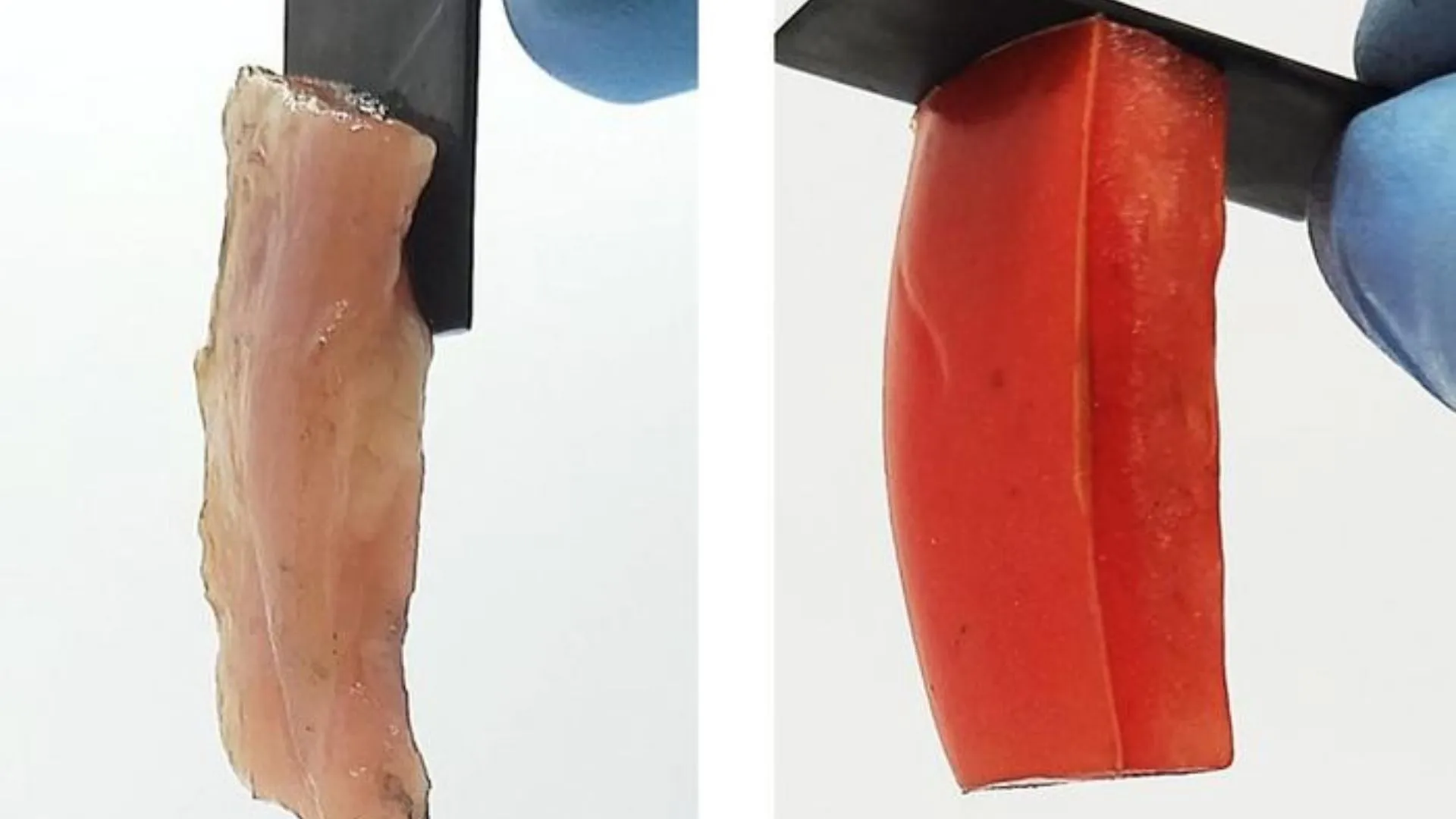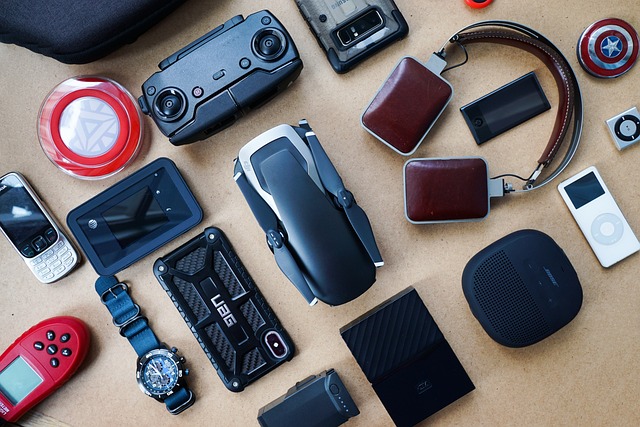Researchers at the University of Maryland have discovered a novel method of binding materials together without the need for tape or glue. They employ a small voltage to unite materials and can effortlessly separate them by reversing the charge. This innovative technique offers a clean and potentially versatile approach to bonding, particularly for soft materials.
This method, known as electro-adhesion, presents a reversible alternative to traditional adhesives. It utilizes electroadhesion (EA), where voltage prompts molecule rearrangement at the material interface.
Secure and Reversible Bonding
A small voltage securely joins hard as well as soft objects, offering a fully reversible non-stick method. By simply reversing the direction of electron flow, the two objects can be easily and immediately separated.
This method is specifically tailored for niche applications such as biohybrid robots, advanced biomedical implants, and cutting-edge battery technologies.
Experimental Validation
In their experiments, the researchers employed two graphite electrodes and an acrylamide gel. Upon applying a small voltage (five volts) between the electrodes, the gel adhered strongly to the positively charged electrode, making manual separation impossible without tearing the gel.
Remarkably, reversing the polarity of the electrodes effortlessly caused the gel to detach from the graphite electrode and adhere to the now positively charged electrode.
The researchers further evaluated the system by conducting experiments with various materials, including other metals, gel compositions, animal tissues, as well as fruits and vegetables, to assess its effectiveness.







